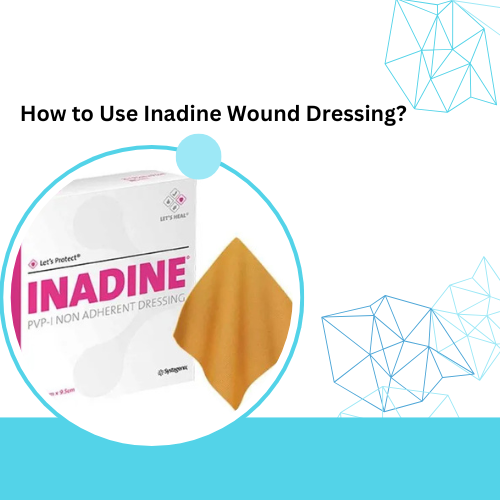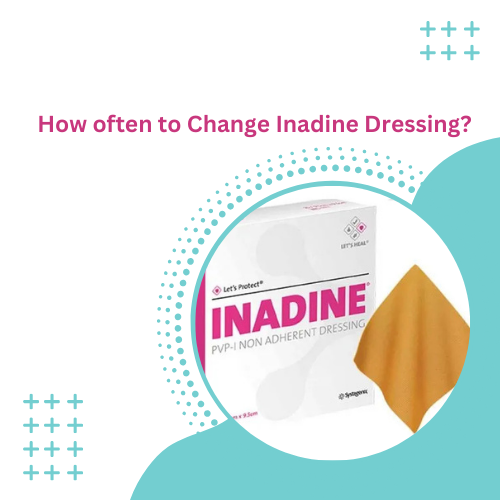Micropore tape is most noted for its low sessile ability whereby it is mostly used to hold dressings, bandages and other convalescent devices in place. This week, we will explore what is Mikropor tape, Mikropor tape application and Mikropor tape removal, the waterproof effect, some rituals, and how to buy it in Australia.
Micropore Tape: Definition
Made of non-woven processed materials in combination with skin friendly adhesives, micropore tape is used extensively. The tape contains perforated paper making the tape porous. This feature is an advantage in that it helps to prevent rashes when applied to the delicate areas of the skin. The tape conforms excellently to the skin but can also be peeled off with ease without inflicting any pain hence this is desirable for medicinal and normal tasks.
Mikropore Tape Usage
3M Mikropore Tape is Low perspiration adhesive tape which is often used on patients in medical facilities. The adhesive is considerate and dressings and other medical uses particularly on patients with tender skin are safe DRESSING TAPE. In this guide, we’ll walk you through the steps for effectively using micropore tape to ensure optimal results.
Step-by-Step Instructions for Using Micropore Tape
1. Gather Your Supplies
– Micropore tape
– Scissors
– Clean gauze or dressing, if required
– Antiseptic wipes or solution, or both to prepare the skin
2. Prepare the Area
Start with the area where you’ll be applying the tape:
– Clean the Skin – Apply antiseptic wipes to the skin surrounding the wound or the segment where the tape will be placed.
– Dry the Area – Ensure that the skin is fully dry before tape application to enhance its adherent quality.
3. Cut the Tape to The Required Length
First of all, calculate the length of micropore tape that will be required to fix the dressing or the bandage in place. Cut a piece, which is a bit longer than the area, to be pat dry to allow complete coverage.
4. Place the Dressing (where necessary)
In case, if dressing is adhered it is better to place the dressing the wound before the micropore tape is applied. Make sure it extends across the whole region that requires it for the best effect.
5. Affix the Micropore Tape
– Remove the Backing: Properly remove the film covering of the micropore tape without touching the sticky side, as inner surface contamination will reduce its adhesive properties.
– Place the Tape: Positioned the tape on top of the dressing or on the desired area to be secured, making sure it is straight and extends over the edges.
– Smoothening the Tape: Once the tape is correctly positioned, smoothen the edges by pressing the tape against the skin and working from the center towards the outer side to prevent formation of air bubbles. Make sure that the tape edges have pressed well to avoid any raising.
6. Assess Comfort Level
Remind the patient about the immediate aftercare of the tape – check that it is not too pinching nor is too loose at any point. It should allow reasonable motion while in place without any hindrance or discomfort.
7. Observe the Site
Observe the site where the tape has been used of any irritation or discomfort. In case such there occurs, you might want to remove that tape and possibly see a health care provider.
Best Tips for Using Micropore Tape
– Use in Dry Conditions: Since micropore tapes cannot withstand moisture, it is advisable to keep the area dry as much as possible for an effective bonding with the skin of the patient.
– Gentle Application: The tape should not be too aggressive in application since it may cause pain or may cramp the blood circulation.
– Layering: Where there is a risk of wetness, it would be appropriate to combine use of micropore tape together ot waterproof dressing.
The application of micropore tape is an easy task that is bound to improve management of the wound and even the comfort of the patient. Follow these measures to ensure proper application and performance of the tape. When you learn the art of using micropore tape, whether in a medical facility or at home, you are assured of the best caring possible for wounds sustained or their delicate skins.
How to Take Off a Micropore Tape: Working Instructions
It is also essential to follow the proper guidelines when taking off the micropore tape so as to avoid any discomfort or injury to the skin. Whether it is a case of a dressing change or the tape needs to be removed for some other reason using the appropriate method will make it painless and straightforward. This article shows you how to take off micropore tape without putting your skin at risk.
Basic Guideline on How to Remove Micropore Tape, Step by Step Directions
1. Gather Your Supplies
– Warm water or saline solution
– Soft cloth or cotton ball
– Scissors (if necessary)
– Mild soap (for cleaning afterward)
2. Assess the Area
The first step should involve surveying the skin where the micropore tape has been applied. If any part of the area appears to be sensitive, then extra care should be taken.
3. Moisten the Edges
To ease removal and avoid any discomfort, it is advisable to wetten the edges of the tape:
– Warm water or saline solution can be applied around the tape in order to soften the adhesion, making it easier to remove the tape.
4. Gently Lift The Tape
-Simply Start At The Items Desired: To start off gently hold one of the corners of the micropore tape with the fingers or tweezers and lift it up.
-Peel Slowly: Instead of raising the edge straight up, raise it and slowly squeeze the tape back on itself, as though taping it back down. This method helps to avoid undue stress on the skin and alleviates the pain.
5. Preserve Remaining Tape on the Wound As Far As Possible.
– Gently peel off the remaining tape in the direction of its length. If a certain area is hard to detach, stop the action and drain more fluid on it to soften the surrounding glue.
6. Skin Treatment after Tape Removal
When the tape is completely pulled off, clean the surface using a clean wipe or cotton piece:
– Soak a clean cloth in warm water or diluted soap and wipe the surface to remove any tape glue or any other residues.
7. Examine the Skin
After brief cleaning, look at the skin closely for any irritation or damage. If everything looks fine, then a new dressing over the healed wound or a tape may be placed.
Ease Taping Tips for Micropore Tape Removal
– Gentle Touch: A tearing action when removing tape is always prohibited to avoid pain and irritation during such removal.
– Apply Fluids Strategically: When other removes fail, warm water or saline should be applied again to the surface of the tape, where it has already taken hold, to soften the adhesive.
– Think of Timing: If the tape needs to be pulled off, try to do it when the skin is loose (after a hot shower for example) as it will be easier that way.
When you know how to do it, removing micropore tape is not a big issue. The following outlines the proper way to take off tape with respect to the skin. Whenever a dressing is changed, and especially in the case of an actively treated wound, there are ways of tape application and removal that cannot be neglected in order to protect the skin and facilitate healing.
Is Micropore Tape Water-Resistant?
Micropore tape is non-water resistant wherein while it may resist moisture to some extent, it is not meant to be soaked in water for long.
1. Water-Resistant, Not Waterproof
Common Moisture Interaction: Micropore tape can handle minor water interaction like perspiration or a splash of water. That makes it ideal for everyday activities which involves potential water interaction.
Drawbacks: On the contrary, when the tape is immersed in water or when it is vaporized for a long period of time, the adhesive may give way which will result to peeling off or removal of its position.
2. It is Preferably Used in an Arid Environment
Micropore tape should be used in uncontrolled dry conditions for best results. This is because it is useful in holding back dressings when the risk of wetting them is very low, for example on already covered and protected injuries.
3. Options In The Case Of Waterproofing Requirement
In case, you are looking for a waterproof solution, you might want to try applying waterproof dressings or wearing waterproof tapes. They are made specifically to help protect against water, as in washing or swimming.
Practical Uses of Micropore Tape
Despite its lack of waterproofing, micropore tape is still highly effective for various applications, including:
- Securing Dressings: It’s perfect for holding gauze or other bandages in place, particularly for sensitive skin.
- Anchoring Medical Devices: Micropore tape is commonly used to secure IV lines and catheters, ensuring they remain in position.
- Wound Protection: It can cover minor wounds and help keep them clean, although it should not be relied upon in wet conditions.
In summary, micropore tape is not waterproof, but it does provide some level of moisture resistance suitable for light exposure. Understanding its limitations will help you make informed choices for wound care and dressing management. For situations that involve significant water exposure, opt for a dedicated waterproof solution.
What is 3M Micropore Tape Used For?
3M Micropore tape is widely used for various applications, including:
- Securing Dressings: It’s ideal for holding gauze and other dressings in place, particularly for sensitive skin.
- Anchoring Medical Devices: It effectively secures IV lines, catheters, and other medical devices, ensuring they stay in position without causing discomfort.
- Wound Protection: Micropore tape can cover minor wounds and help keep them clean.
Where to Buy Micropore Tape in Australia
If you’re looking to purchase micropore tape in Australia, Joya Medical Supplies is a great option. They offer a range of medical supplies, including micropore tape, both online and in-store. You can visit their website to explore their products and conveniently place an order.
Conclusion
By following proper usage and removal techniques, you can ensure effective care. For those in Australia, Joya Medical Supplies is a reliable source for purchasing micropore tape to meet your needs.




